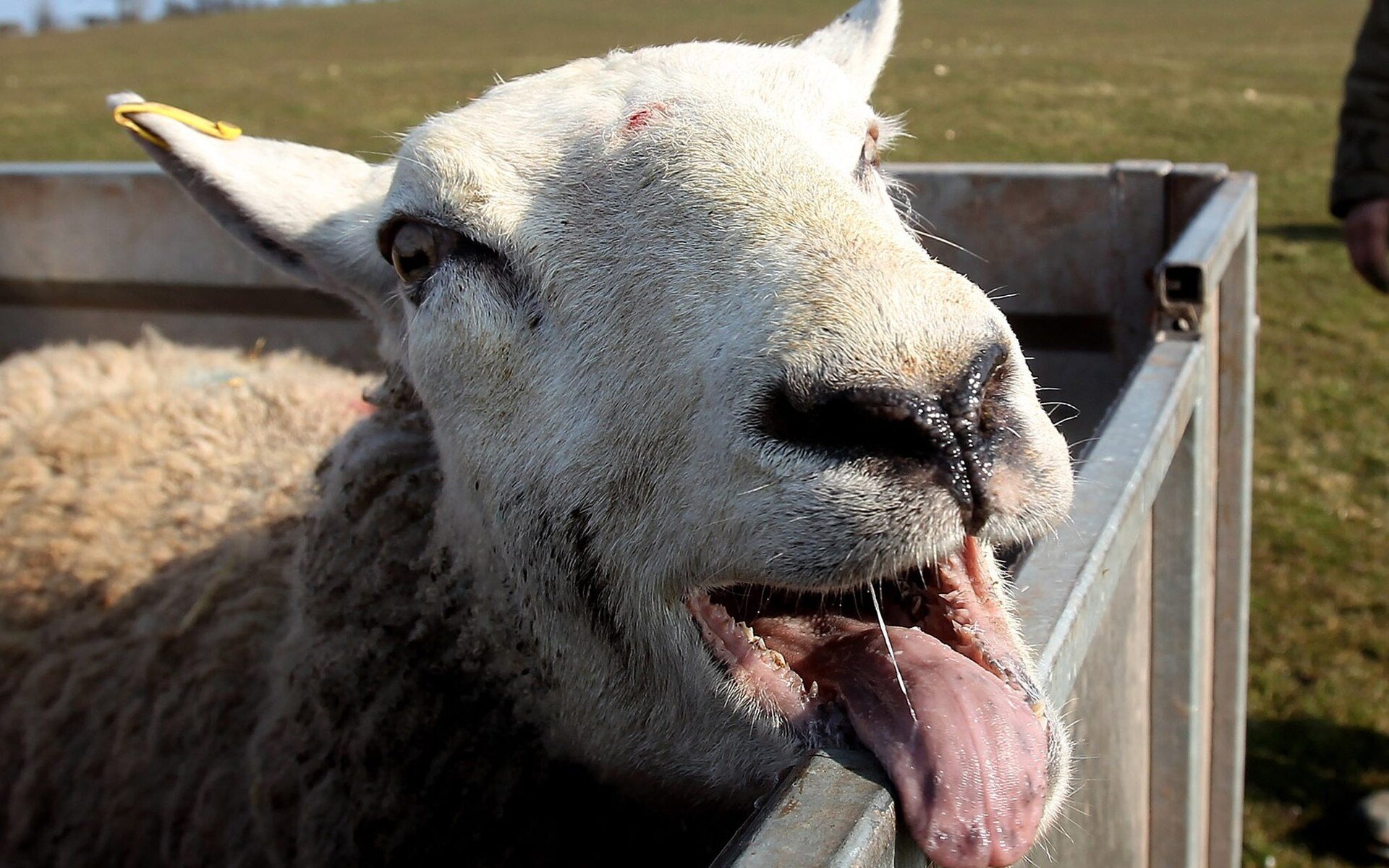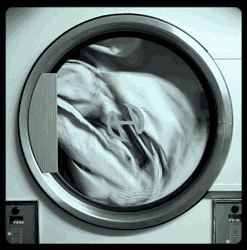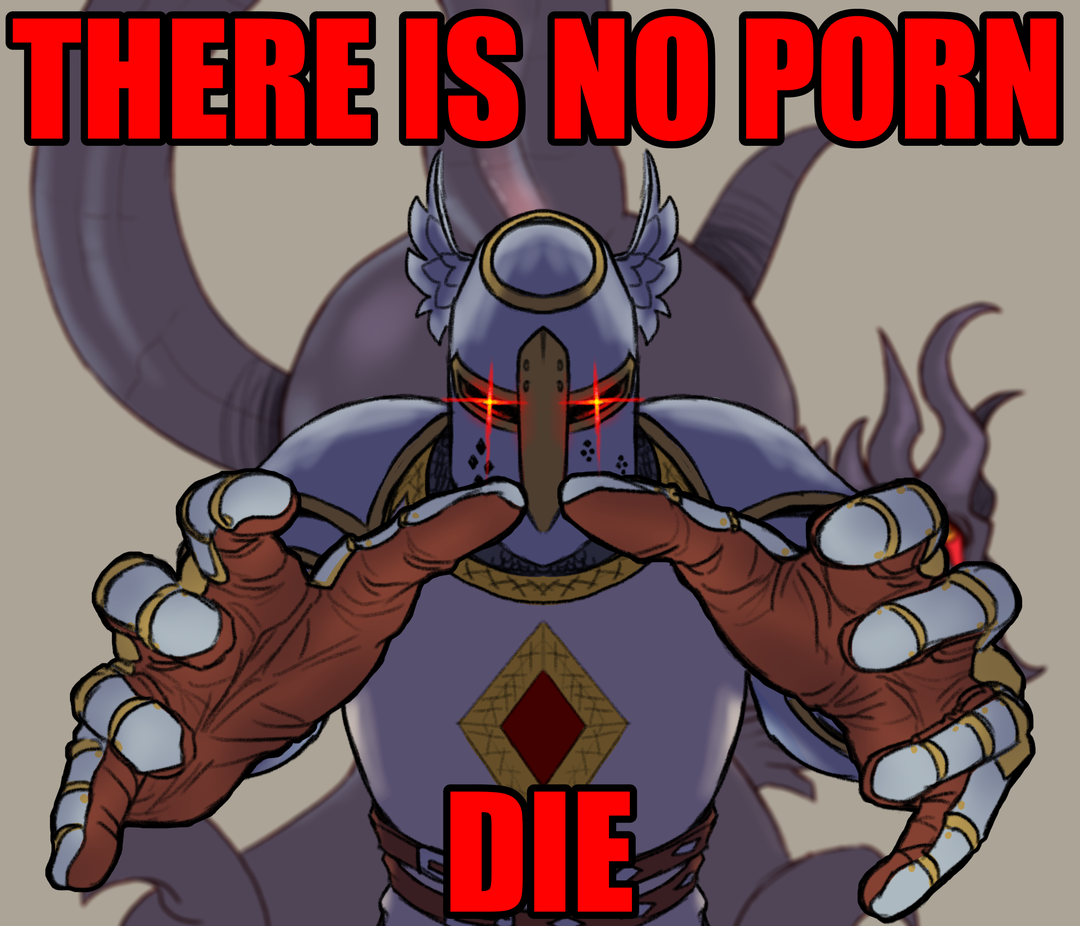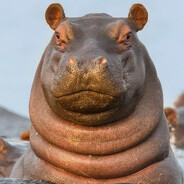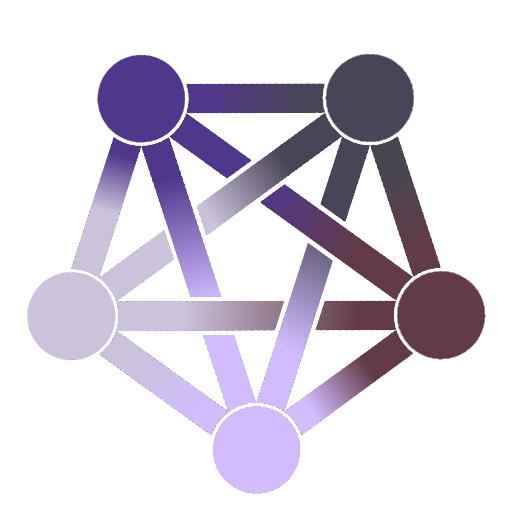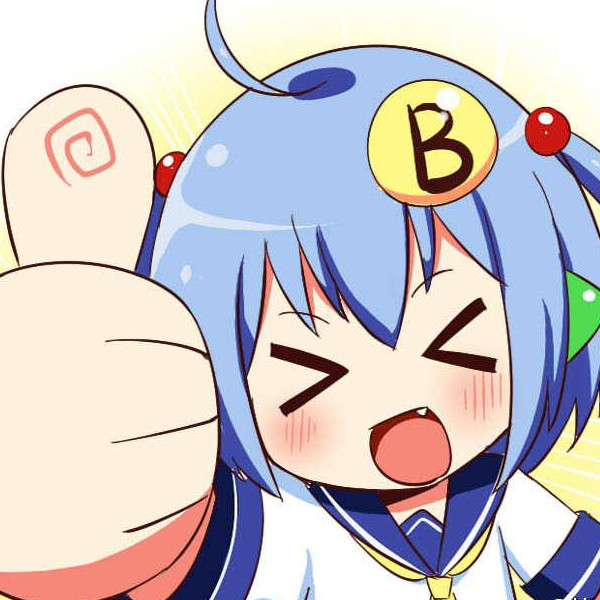Man, Kash looks like he can see ghosts and they’re all blaming him for their deaths.
He looks like he’s stared directly into the ark of the covenant.
He could probably have a staring contest with Medusa.
Fun fact in older version of the myth Medusa was simply so ugly she turned people into stone. Also I think she was simply one of Gaias many monsterous children, the whole being turned into a monster by the gods is from a later retelling by a rather prolific author who simply hated authority.
How his face didn’t melt, we’ll never know.
Maybe that’s what mar a lago face really is
I prefer Jennifer Love Hewitt.
cocaine allows you to percieve incoporeal beings.
Hmmmm, all it did for me was make me erratically come up with shitty business ideas and reaaaaaaallly fucking confident for brief moments of time.
He does kinda look like the guy from Ghosts.
They have the eyes of the people that masturbate to the Epstein files.
I seriously laugh so hard every time I see a picture of Kash Patel with his “I just walked in on my parents having sex” face. It’s so funny it almost makes me like him until I remember how horrible he is.
👀


Before PTSD was understood WWI Soldiers Suffered from ‘Shell Shock’
But in the case of the Trump administration, I also suspect there may be some cope snow involved.
They also called it “War neurosis” in WWI.
Before that, “Soldiers Heart” (civil war, franco-prussian war). “Battle Fatigue” and “Combat Stress Reaction” in WWII straight on through to Viet(fucking)nam.
These are all the same thing, just a matter of marketing and awareness/knowledge.
So you could say, “Soldiers in WWII didn’t get PTSD”, and you’d be technically correct, but only because it wasn’t officially called that until 1980. Sort of like saying “people didn’t get autism before vaccines”…sure, because those people were “slow”, “different”, “r*****ed”, etc. Gay men were “confirmed bachelors”.
They change the wording so they can act like these are all new phenomena and a sign of weak-willed people. It’s just propaganda. That, and we have new understanding of these things…but they (the politicians, that is) latch onto that to effectively gaslight us.
Fun fact: that first picture does not depict shell shock, that’s a myth:
“Wounded Canadian soldiers at the battle of Courcelette, in the Somme region during WWI. This photo is very widely distributed in a cropped form, without attribution, and mis-titled “The Shell Shocked Soldier.” In reality the soldiers shown have received physical injuries and are being treated at a dressing station.”
Why are his eyes doing that?
He made a funny face for the camera.
Doing what? Looking at the camera?

Yes
I’ve said it before and I’ll say it again… He’s just a pug
I don’t know (which is the correct answer).
Kash Patel always looks like he just sharted
These are called “sui” eyes, as their souls have committed “suicide” as noted in this excellent vid: https://youtu.be/ewvRS3NwIlQ
That’s a 90 minute video. What is the essence? Ain’t nobody got time for that.
Even the summary is a slog. Here you go.
#How Comedy Was Destroyed by an Anti-Reality Doomsday Cult
The article explores the decline of comedy, attributing it to a pervasive anti-reality mindset that has infiltrated the art form, likening it to a doomsday cult. The narrator reflects on their disillusionment with the current state of comedy, questioning its quality and the motivations behind its practitioners. They recount experiences at iconic venues, such as Massie Hall, where they witnessed performances that felt disconnected from the essence of true comedy. This sense of confusion deepens as they attend shows that seem to lack substance, leading them to ponder the broader implications of a world where comedy has devolved into a mere spectacle.
The narrative delves into the historical context of human migration, drawing parallels between the instinct to escape dire situations and the current cultural climate, where individuals seek refuge in virtual realities crafted by influential figures. The author critiques prominent personalities like Elon Musk, suggesting that their attempts to create new worlds stem from a desire to escape the chaos of reality. This leads to a discussion about the emergence of a hyperreal simulacrum, where the boundaries between reality and fantasy blur, and individuals become ensnared in a fabricated existence.
As the narrator investigates further, they uncover the role of figures like Joe Rogan, who has established himself as a central authority in the comedy scene, creating a cult-like following that reinforces his hyperreality. The article draws comparisons between Rogan’s influence and that of historical cult leaders, suggesting that his platform serves as a sanctuary for those seeking to transcend their mundane lives. The dynamics of this comedy cult are explored, highlighting the psychological mechanisms that bind its members, including the need for loyalty and the rejection of mainstream narratives.
The author illustrates how Rogan’s community operates under a set of pillars that dictate behavior and belief, fostering an environment where dissent is discouraged. This leads to a culture of sycophancy, where followers must praise their leader and conform to his worldview to gain acceptance. The narrative continues to unravel the complexities of this comedy cult, examining how it perpetuates a cycle of delusion and escapism, ultimately leading to a collective philosophical suicide where individuals abandon their critical thinking in favor of a comforting illusion.
As the exploration deepens, the article reveals the mechanisms through which this simulacrum is maintained, including the creation of an enemy in the form of “woke” culture, which serves to unify the group against a perceived threat. The author argues that this strategy mirrors historical cult behaviors, where leaders fabricate external dangers to solidify their control. The narrative transitions into a discussion of the psychological implications of such a reality, suggesting that the allure of the comedy cult lies in its promise of belonging and purpose amidst a chaotic world.
The examination of Rogan’s influence culminates in a critique of the broader implications for society, as the article posits that the migration into this hyperreal comedy world reflects a deeper existential crisis. The author contemplates the future of comedy and its potential to either reclaim its authenticity or continue down a path of degradation, ultimately questioning whether true comedy can survive in a landscape dominated by simulacra and false realities.
The narrative continues to dissect the absurdity of the simulacrum, where followers are so entrenched in their beliefs that they cannot discern reality from illusion. The author highlights how this environment fosters a culture of ignorance, where complex ideas are endorsed without understanding, leading to a cycle of validation among the cult’s members. The discussion shifts to the motivations behind this behavior, suggesting that the allure of feeling superior or enlightened, despite a lack of genuine knowledge, drives individuals deeper into the simulacrum.
The text introduces Tony Hint, a figure emblematic of the cult’s dynamics, whose journey reflects a desperate quest for validation stemming from childhood bullying and a fractured family life. His transformation into a comedic persona is portrayed as a means of coping with his insecurities, ultimately leading him to create the show “Kill Tony.” This platform allows him to maintain a facade of success while relying on the contributions of others to generate humor, showcasing the performative nature of his role.
The author critiques the structure of “Kill Tony,” likening it to professional wrestling, where the illusion of authenticity is maintained through a collective suspension of disbelief. The show becomes a vehicle for Tony to exert control and manipulate perceptions, reinforcing his status within the comedy cult. The narrative further explores how this environment breeds a toxic atmosphere, where genuine talent is overshadowed by the need to conform to the cult’s expectations.
As the examination deepens, the author draws parallels between the cult’s operations and historical examples of manipulation and control, suggesting that the comedy world has become a microcosm of broader societal issues. The text posits that the cult’s ultimate goal is to dismantle traditional institutions, including comedy, to establish a new order under their influence. This ambition is framed as part of a larger conspiracy involving powerful figures who exploit the medium of comedy to further their agendas.
The author reflects on the implications of this takeover, suggesting that the internet serves as a modern-day magic orb, distorting reality and leading individuals into a state of despair. The narrative emphasizes the importance of recognizing these manipulations and encourages readers to seek grounding in classic reality, advocating for a return to authentic experiences and connections. The text concludes with a call to action, urging individuals to break free from the simulacrum and reconnect with the tangible world around them, highlighting the cyclical nature of existence and the need for balance in a chaotic environment.
TL;DR
Snowblind mfs
